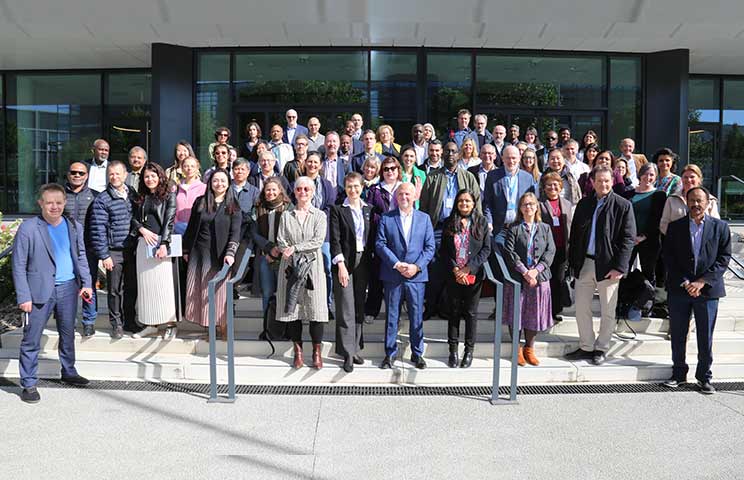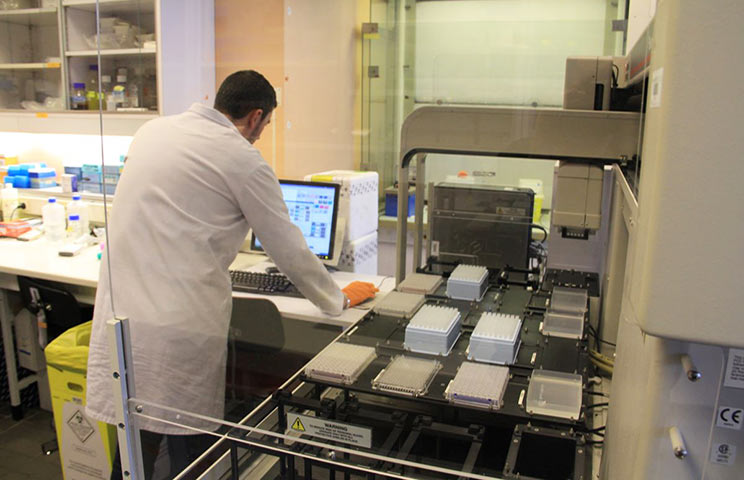More
15 April 2021
Global estimates of expected and preventable cervical cancers among girls born between 2005 and 2014: a birth cohort analysis
In a new study, scientists from the International Agency for Research on Cancer (IARC) and partner institutions provide regional and country-specific estimates of the number of cases of cervical cancer that are preventable through vaccination against human papillomavirus (HPV) among girls born between 2005 and 2014. The study was published in The Lancet Public Health.
The researchers quantified the expected number of cervical cancer cases in the absence of vaccination by combining age-specific incidence rates from GLOBOCAN 2018 and cohort-specific mortality rates by age from United Nations demographic projections. The number of preventable cases of cervical cancer was estimated from the reduction in the prevalence of HPV infection attributable to vaccination.
Without HPV vaccination, the global burden of cervical cancer among girls born between 2005 and 2014 is expected to reach 11.6 million cases; approximately 75% of the burden will be concentrated in 25 countries, mostly in Africa and Asia. Worldwide, an estimated 8.7 million of these cervical cancer cases would be prevented through vaccination against HPV. These findings aim to overcome any hesitancy that stakeholders might have to introduce national HPV vaccination programmes to protect today’s young girls.
Bonjour M, Charvat H, Franco EL, Piñeros M, Clifford GM, Bray F, Baussano I
Global estimates of expected and preventable cervical cancers among girls born between 2005 and 2014: a birth cohort analysis
Lancet Public Health, Published online 14 April 2021;
https://doi.org/10.1016/S2468-2667(21)00046-3
Other news

IARC hosts WHO UCN team
The International Agency for Research on Cancer (IARC) hosted senior personnel of the World Healt...
15.04.2024
Read more

Advisory Group recommendations on priorities for the IARC Monographs
The results of the recent meeting of the Advisory Group to Recommend Priorities for the IARC Mono...
12.04.2024
Read more

IARC Biobank obtains GIS IBiSA label
The biobank of the International Agency for Research on Cancer (IARC) has been granted one of six...
10.04.2024
Read more